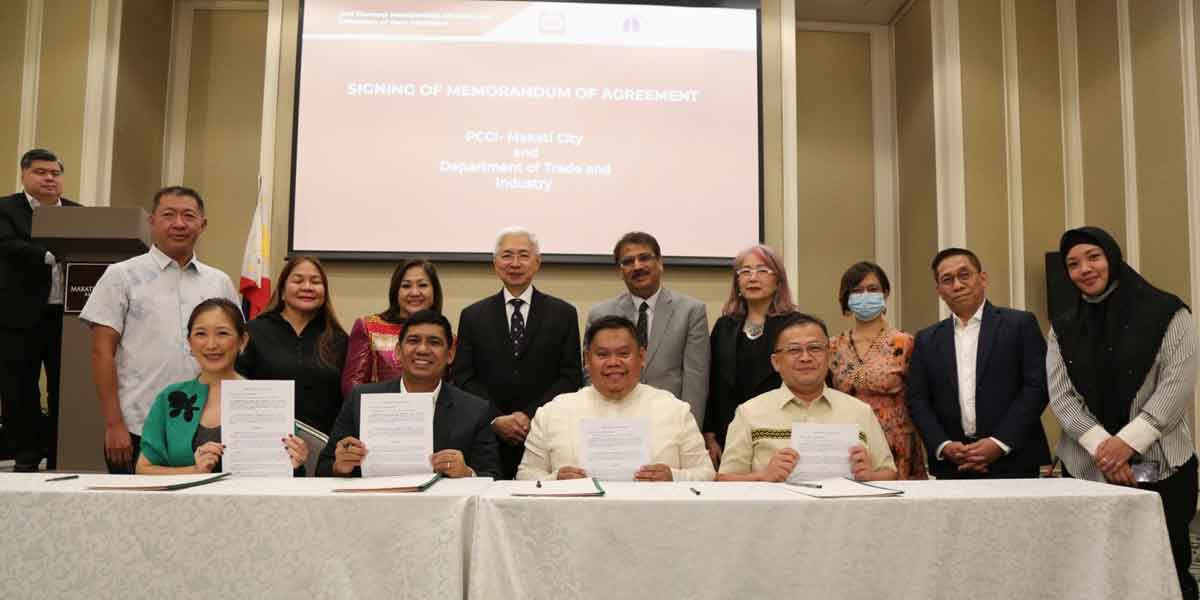By Richard Javad Heydarian
“This is Philippine territory, and it is our business what we do here just as long as it is for Philippine interest,” declared Philippine Defense Secretary Gilbert Teodoro. “It is not any other countries’ business to question what we do here.”
Amid rising tensions with China in recent months, the tough comments came in response to China’s criticism of the Ferdinand Marcos Jr administration’s decision to grant the Pentagon expanded access to key Philippine military facilities under the Enhanced Defense Cooperation Agreement (EDCA).
After a controversial visit to Beijing in July, where he was prodded by the Chinese leadership to help ease tensions, former Philippine president Rodrigo Duterte recently met with his successor to discuss the issue.
Confronted with a defiant Philippines, China has steadily cranked up the pressure. Over the weekend, the Philippine Coast Guard (PCG) reported that Chinese vessels were blocking two supply ships with water cannon during a resupply mission to the Second Thomas Shoal, a contested land feature in the South China Sea where a detachment of Filipino soldiers have been stationed on a grounded ship over the past two decades.
China’s latest actions drew heavy criticism from Philippine allies, most notably the United States. In a toughly worded statement, Washington warned Beijing that any “armed attack on Philippine public vessels, aircraft, and armed forces – including those of its Coast Guard in the South China Sea – would invoke US mutual defense commitments” under the Philippine-US Mutual Defense Treaty.
Although the Marcos Jr administration has reportedly emphasized its commitment to maintaining friendly ties with all nations, the ongoing tensions in the South China Sea will only reinforce Manila’s pivot back to traditional Western allies.
TROUBLED WATERS
Early in his term, President Marcos heralded a “new golden age” of bilateral relations with Beijing, signaling policy continuity with his pro-China predecessor Duterte. A year into office, however, Marcos embraced a new foreign-policy direction, which saw expanded defense cooperation with the Pentagon and traditional allies at the expense of China.
Displeased with Manila’s policy recalibration, Beijing has tightened the noose around Philippine forces across the South China Sea.
This year, the PCG reported of large numbers of “Chinese maritime militia” ships “swarming” the Philippine-controlled Iroquois Reef in the South China Sea. Months earlier, Manila accused Chinese vessels of pointing a military-grade laser at PCG vessels.
Over the weekend, the PCG complained of yet another incident, this time involving Philippine troops stationed in the Second Thomas Shoal. Since the late 1990s, a detachment of Filipino troops have established de facto Philippine control over the strategically located feature in the southern portion of the South China Sea.
Over the past decade, however, Chinese vessels have repeatedly sought to block resupply missions to the contested area in an effort to drive out Filipino soldiers precariously stationed on a grounded vessel, BRP Sierra Madre.
“The Philippine Coast Guard strongly condemns the China Coast Guard’s dangerous maneuvers and illegal use of water cannons against PCG vessels,” the coast guard said in a statement.
But China claims “indisputable” sovereignty over the area based on its “nine-dash-line” claim, a doctrine that was roundly rejected by an international court under the auspices of the United Nations Convention on the Law of the Sea in 2016.
This week, Beijing openly called on the Philippines to vacate the area and remove its grounded vessel.
It rejected claims of harassment by insisting that it was merely blocking “construction materials used for large-scale repair and reinforcement” of the grounded vessel, while allowing resupply of basic food commodities to Filipino troops over the contested shoal.
While Beijing admitted that it used water cannons, it maintained that the maneuver was meant to avoid a direct collision with Philippine military vessels.
Key allies, led by the US, quickly came to the Philippines’ rescue.
“Such actions by the PRC are inconsistent with international law and are the latest in repeated threats to the status quo in the South China Sea, directly threatening regional peace and stability,” the US State Department said in a statement.
“By impeding necessary provisions from reaching the Filipino service members stationed at Second Thomas Shoal, the PRC has also undertaken unwarranted interference in lawful Philippine maritime operations.
“The United States reaffirms an armed attack on Philippine public vessels, aircraft, and armed forces – including those of its Coast Guard in the South China Sea – would invoke US mutual defense commitments under Article IV of the 1951 US-Philippines Mutual Defense Treaty,” the US warned China.
Quickly after, other Western powers also joined in the chorus of condemnation, with Australia, Japan and Germany condemning China’s actions as “destabilizing” and “dangerous.” Canada also made it clear that it “unreservedly condemns the dangerous and provocative actions taken by the Chinese Coast Guard.”
MARCOS HOLDS HIS GROUND
The bone of contention in Philippine-China relations is Marcos’s decision to ramp up defense ties with the US. In particular, Beijing has been incensed by Manila’s decision to permit expanded presence by US troops in a whole host of facilities, including those close to Taiwan’s southern shores as well as to the contested islands in the South China Sea.
On multiple occasions, Marcos has maintained that the EDCA bases are purely for defensive purposes, dismissing criticisms by China and pro-Beijing elements at home, who have warned against unnecessary provocation.
“EDCA, first and foremost, is Philippine based. All countries in the world build bases. We do not question the bases being built by other countries except when they are being built on contested territory,” Teodoro said during a visit to Lal-lo, Cagayan, the location of one of the EDCA sites.
“This is Philippine territory, and it is our business what we do here just as long as it is for Philippine interest, and here the United States and we converge in our intended use for this, and it is not any other countries’ business to question what we do here,” he added, rejecting accusations by critics that the Marcos administration is either undermining Philippine sovereignty or provoking China.
Although he maintained that the proximity of some EDCA bases to Taiwan is a “geographical accident,” the Philippine defense chief also insisted that the government continues “to plan on all contingencies, not merely any flashpoint between China and Taiwan, but any contingency within the [Pacific] theater.”
The Harvard-trained Filipino defense chief, who also served in a similar capacity in the late-2010s, also reiterated that the expansion of EDCA, including four additional bases in northern regions of the country, is crucial for Philippine national security.
He portrayed EDCA as indispensable to modernization of the Armed Forces of the Philippines, particularly emphasizing the need to enhance the Philippines’ disaster relief operations and “territorial defense” capacity.
“The EDCA is purely a logistical site of the United States to help us speed up operational tempo and response. These are non-offensive, but the rest of Philippine assets that will be positioned in EDCA sites are national-security items for our territorial defense,” Teodoro told the media in an interview.
“The lesson here is, we need to fast-track the construction for this Philippine base with EDCA facilities so that we could pre-position equipment, air assets, not only of the Philippine Air Force but the United States,” Teodoro added, signaling the Marcos administration’s determination to stay the course and defy both China and its proxies.




















